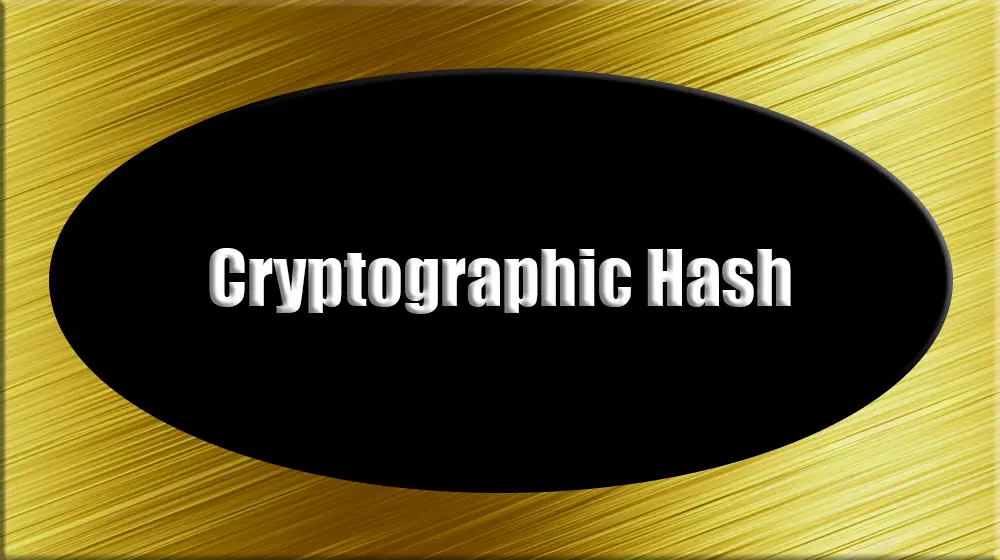The Elliptic Curve Digital Signature Algorithm (ECDSA) is a widely used digital signature scheme based on elliptic curve cryptography. It\’s a variant of the Digital Signature Algorithm (DSA) adapted for use with elliptic curve cryptography, offering smaller key sizes and faster computation compared to traditional DSA.
Here\’s how ECDSA works:
- Key Generation: Similar to other digital signature schemes, ECDSA involves key pairs: a private key known only to the signer and a corresponding public key. These keys are generated using elliptic curve mathematics.
- Signing: To sign a message using ECDSA, the signer uses their private key and a cryptographic hash function to produce a unique signature for that message. This involves mathematical operations on elliptic curves.
- Verification: Anyone can verify the signature using the signer\’s public key, the original message, and the signature itself. The verification process involves mathematical calculations based on elliptic curve properties. If the result matches certain criteria, the signature is deemed valid.
- Security: The security of ECDSA is based on the difficulty of the elliptic curve discrete logarithm problem. When implemented correctly with appropriate key sizes and parameters, ECDSA is considered secure against known attacks.
ECDSA is widely used in various cryptographic applications, including digital currencies like Bitcoin and Ethereum, where it plays a crucial role in securing transactions. Its efficiency and security properties make it suitable for use in resource-constrained environments like embedded systems and mobile devices.
Despite its advantages, ECDSA is not without limitations. Key management and randomness generation are critical aspects of ECDSA implementation, and any weaknesses in these areas can compromise the security of the system. Additionally, concerns have been raised about the potential impact of quantum computers on the security of elliptic curve cryptography, although current quantum-resistant alternatives are being developed.




